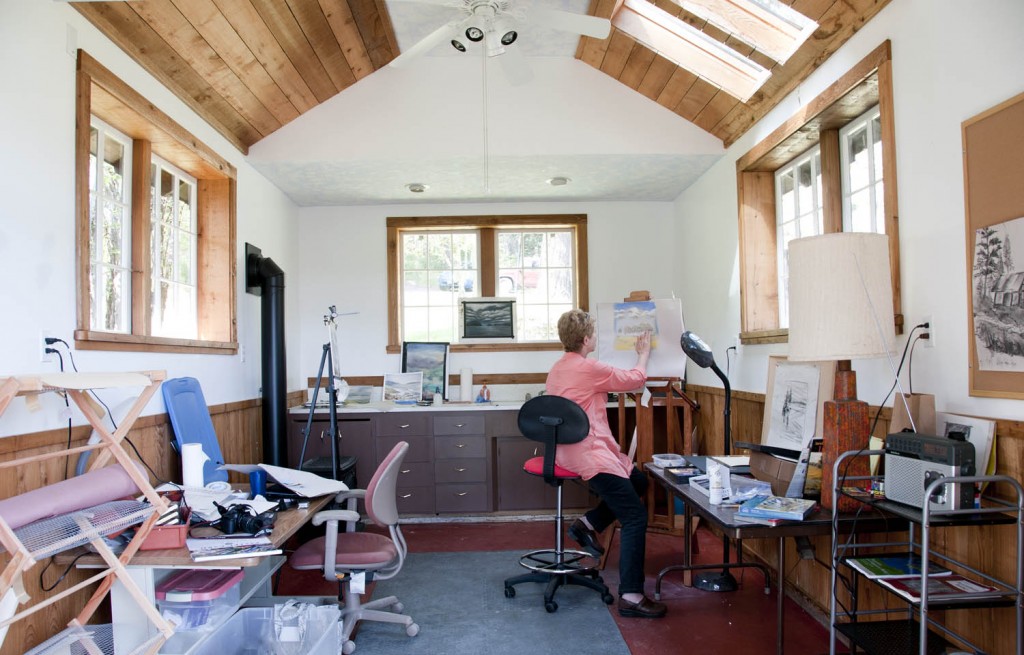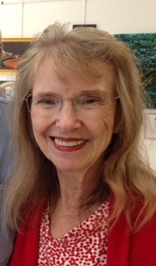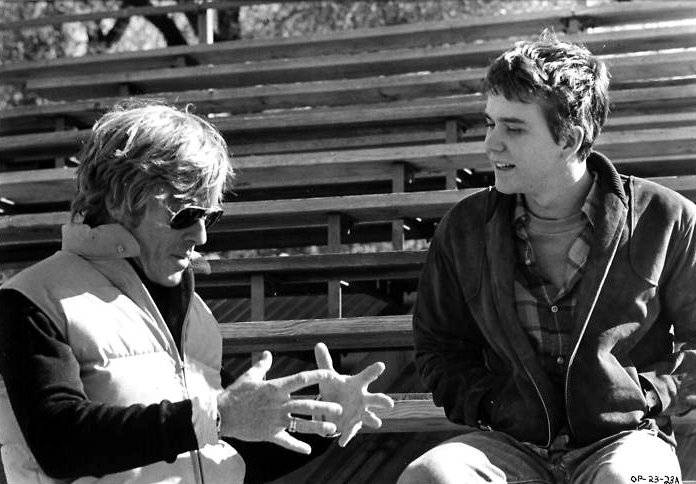I was stuck. I’d written myself into a corner and couldn’t seem to find my way back out. The trouble, on that occasion, was one of structure. A piece of narrative nonfiction I’d been working on for ages had at last begun to take shape. But in the process of developing my story, I’d wandered off in a new direction—one I happened to like—then found myself struggling to build a bridge back to the point where I’d taken my detour.
While I was staring at the page on my computer screen, as if that had ever solved anything, the phone rang. My mother, checking in on a Saturday afternoon to see what I was up to.
“I’m trying to fix a problem with an essay I am working on,” I told her.
“Oh, that happens to me, too,” she said. “It’s funny when you think about it. As artists we create our own problems, then we don’t know how to fix them. There isn’t a problem there until you start working on a project, then before you know it you’ve made all kinds of trouble for yourself.”
I’d never thought of it that way before.
 The problems Mom creates are different from mine. She’s a visual artist, and her works are almost always abstract paintings. I’m a writer, and my works are almost always creative nonfiction. So in many ways we live at opposite ends of the storytelling spectrum. Except that we both always start with some variation on the blank page. And perhaps a vague idea of what we’re trying to say, although I think we’d both agree that at the outset, there’s a lot of experimentation involved, even when you think you know what it is you want to make sense of, or document, or just express.
The problems Mom creates are different from mine. She’s a visual artist, and her works are almost always abstract paintings. I’m a writer, and my works are almost always creative nonfiction. So in many ways we live at opposite ends of the storytelling spectrum. Except that we both always start with some variation on the blank page. And perhaps a vague idea of what we’re trying to say, although I think we’d both agree that at the outset, there’s a lot of experimentation involved, even when you think you know what it is you want to make sense of, or document, or just express.
The pleasure—and often the trouble—begins once you’ve made a first pass at the work, and then you begin “finding” things you didn’t know were there. The essay or the prose poem lures you down a path you hadn’t meant to follow. The painting or collage asks you to mind what’s going on in the lower left corner, or underneath that fragment from another piece that you just affixed to the canvas.
I suspect our troubles—mine and Mom’s—are more alike than our art forms. Troubles with composition and balance. Troubles with juxtaposition—whether in time or in space. Troubles with scale, with tone, with an overabundance of material. Troubles with revision—deleting, painting over, cutting and pasting; or tugging a bit too hard on one thread in the work and watching the whole piece unravel. These troubles are all self-inflicted, all clearly traceable to the moment when one of us picked up a paintbrush or a pen and decided to make some art.
And then there’s the trouble of naming the work—which we writers can’t help but do, or at least most of us, most of the time. Poets sometimes get away with “untitled,” and visual artists do it all the time. I don’t get that. I think every piece of artwork deserves a title. I won’t buy a piece of art if the artist didn’t go to the trouble of naming it.
Whenever Mom shows me one of her new paintings, I have a habit of asking, “What is it called?”
She has grown weary of asking me, “Why does that matter?”
And so more often than not she has a title ready when I ask; a few times I’m pretty sure she’s made them up on the spot, just to humor me. I’m only looking for a hint, a way into her abstract pieces. And she always does give them names, at least before she sends them out in public. Good names, too, often whimsical or even inquisitive. (You can see examples at here).
But she doesn’t like to tell me the names, at least not right away. She’d rather I find my own meanings in her work, and often I do, pointing out shapes or other elements she hasn’t put there on purpose. Maybe I insist on a title because I’m a writer, and I make sense of things through words. But I’m also curious to know what she was thinking about, or experimenting with, when she picked up her paintbrush; or perhaps more importantly, after she put it down, satisfied that her work was done.
If it ever is done. Because we both agree, even after we’ve sent our work out into the world, that there are almost always changes we’d like to make to something that’s now frozen in print/cyberspace or hanging on somebody else’s living room wall. Trouble we’ve made, problems we’d like to fix.
Trouble is, once it’s out there, it’s out there. Even if we’re the only ones who can see the flaws or, more kindly, how much better the next iteration would have been.
Mom knows my rule about not buying untitled art. But one day quite by chance we landed on a phrase that might make me bend that rule. Another call from her to see what I was up to—this one to my office, not my home. Instead of the usual “private caller” flashing on the screen when my phone rang, it said “name withheld.” We laughed about that, and I told her if I ever saw a painting with that label, I might be tempted to take it home. I’d like knowing that it had a name. I’d like living with the mystery of not knowing what that name was. And I couldn’t help wondering—every time I looked at the piece—what kind of trouble the artist hoped to avoid by keeping that name to herself.


